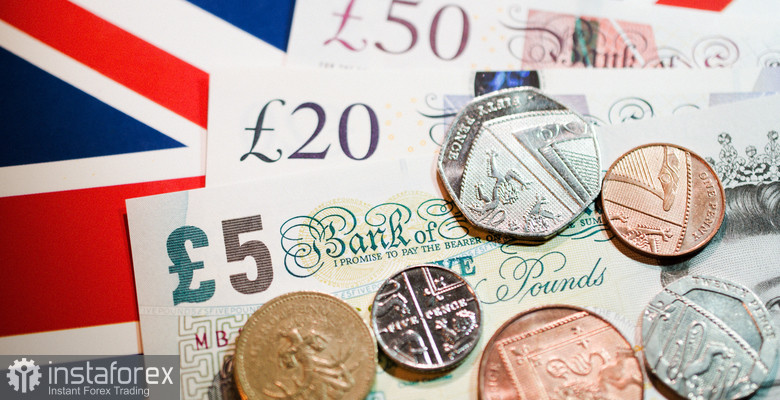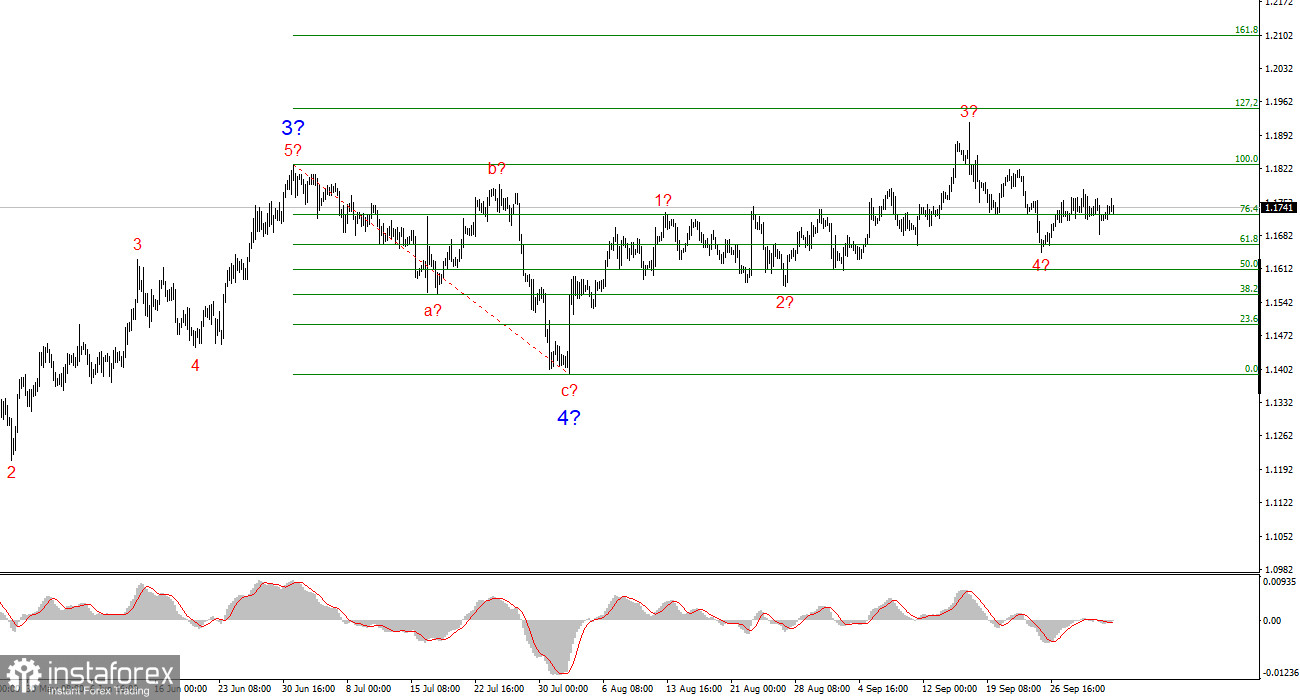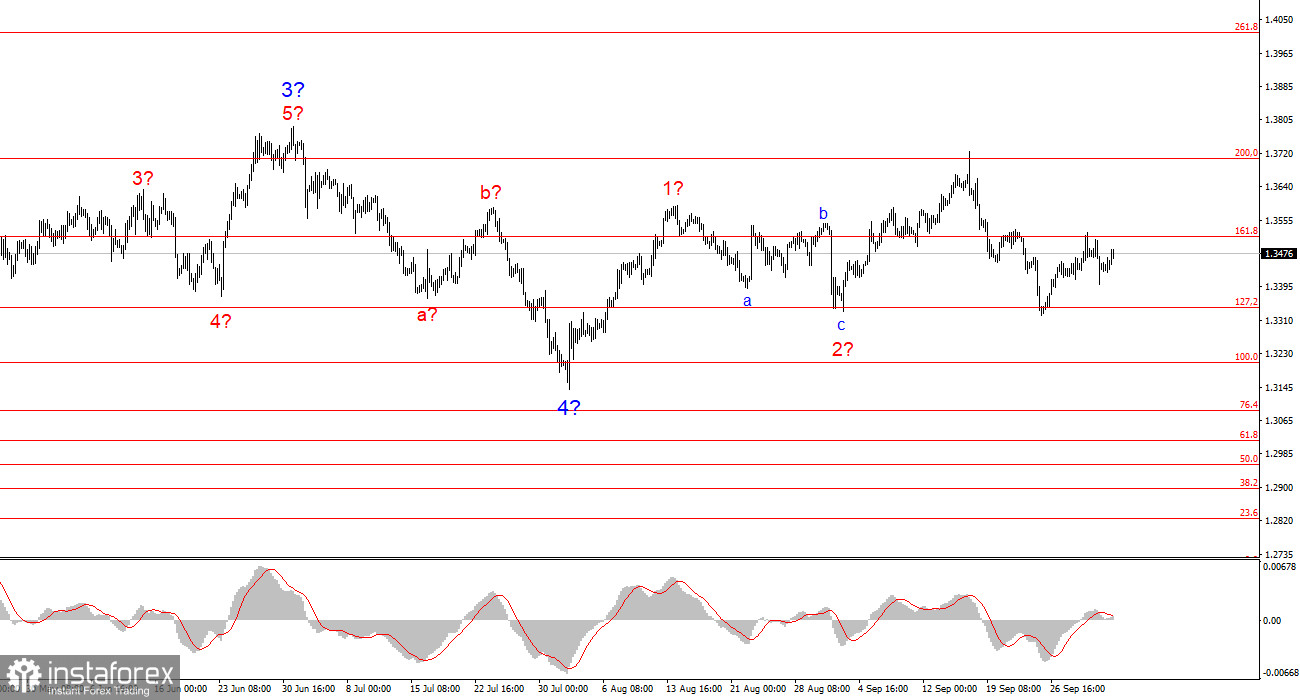
While the euro has remained in a sideways range over the past week, the British pound has been swinging back and forth for months. These fluctuations don't significantly impact the wave layout, but the structure is becoming more complex and increasingly difficult to use effectively in short-term trading. That said, the upward trend segment continues to develop, and the fundamental backdrop still favors buyers—this much is clear.
In the new week, it will be difficult for the pound to find strong support from the domestic UK news cycle. But that's not necessarily a problem. First, even the current set of news may be enough for the market to resume buying activity. Second, the primary intrigue once again centers around the U.S. dollar and its own news flow. This means the market can renew buying at any time (as long as the wave pattern has not turned bearish). Alternatively, it may be American events that push GBP/USD upward.
On Monday, Bank of England (BoE) Governor Andrew Bailey is set to speak, and the Construction PMI will also be released. However, Bailey also spoke last week and provided no new insights. The Construction PMI is considered significantly less important compared to the Services and Manufacturing PMIs and is unlikely to move the market.
On Wednesday, BoE Chief Economist Huw Pill is scheduled to speak. But he, too, will likely have little to comment on, as no fresh domestic economic data have been released in recent days. And that's essentially it for the new week. Once again, the market may be left relying on Trump or the broader U.S. news environment.
Wave Structure for EUR/USD:
From my analysis of EUR/USD, I conclude that the pair is still in the process of developing an upward trend segment. The wave structure remains heavily dependent on the news flow related to Trump's decisions and the internal and external policies of the current U.S. administration. The trend has potential targets as high as the 1.2500 level (25th figure). We're currently seeing the formation of a corrective wave 4, which may have already completed. The overall bullish wave structure remains valid. Therefore, I'm currently only considering long positions. By year-end, I expect the euro to rise to 1.2245, which corresponds to the 200.0% Fibonacci level.
Wave Structure for GBP/USD:
The wave structure for GBP/USD has evolved. We're still dealing with an impulsive bullish leg, but its internal wave structure has become difficult to interpret. If wave 4 turns into a complex three-wave formation, the structure will normalize—but this would also make wave 4 significantly more prolonged than wave 2. In my view, the key level to monitor is 1.3341, which corresponds to the 127.2% Fibonacci. Two unsuccessful breakout attempts at this level indicated the market's readiness to resume buying. My targets for GBP/USD remain above the 1.3800 mark (the 38th figure).
Core Principles of My Analysis:
- Wave structures should be simple and clear. Complex structures are hard to trade and are often subject to change.
- If there is no confidence in market direction, it's better to stay out altogether.
- You can never be 100% sure of directional moves. Don't forget to use stop-loss orders.
- Wave analysis can be (and should be) combined with other types of analysis and trading strategies.























